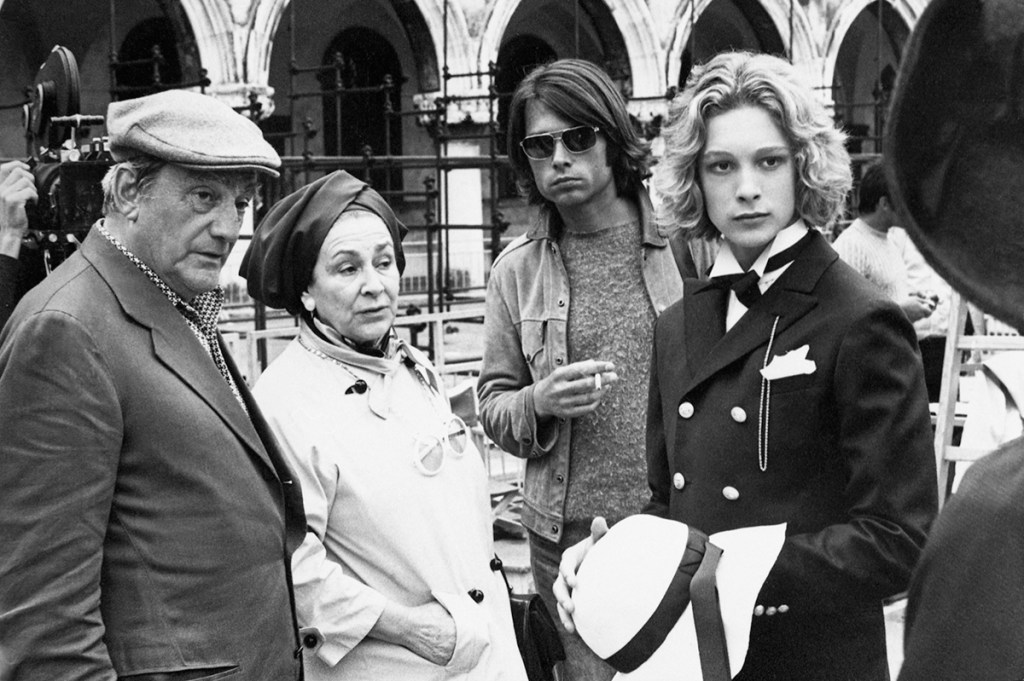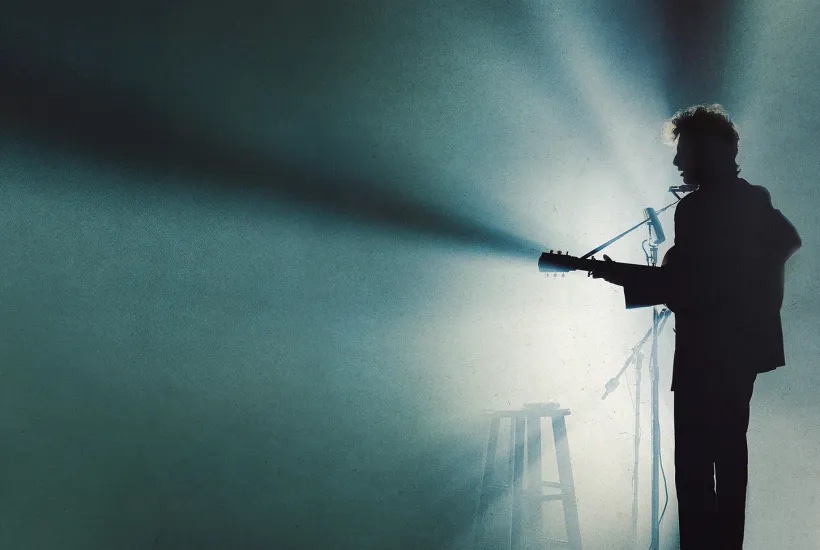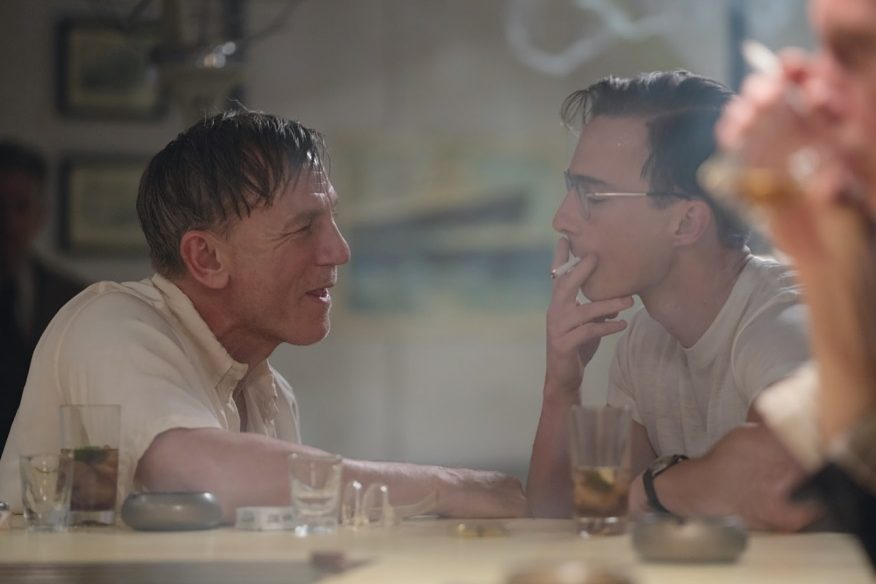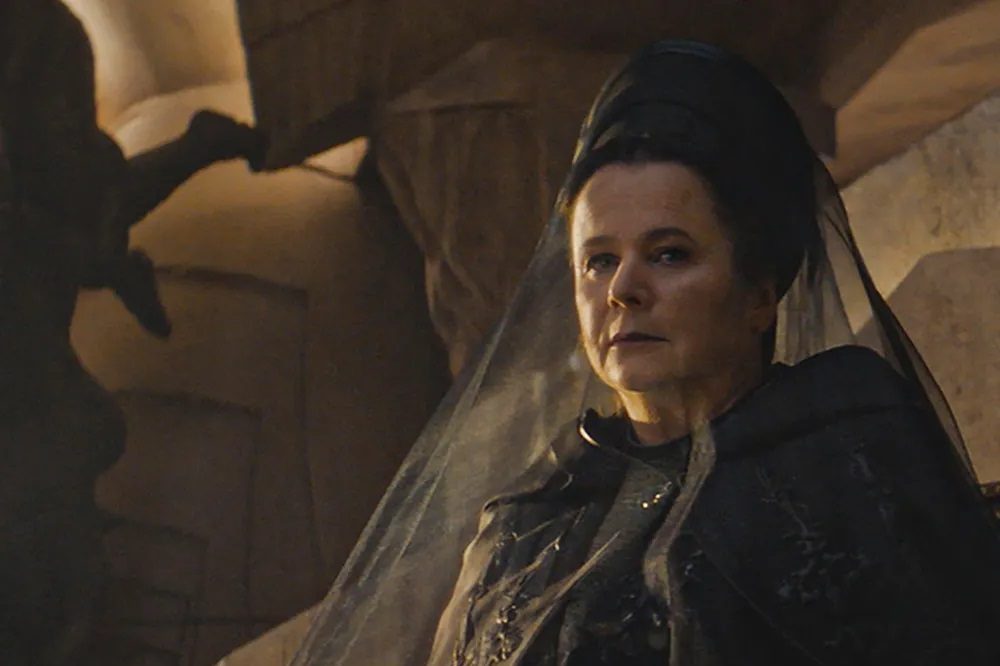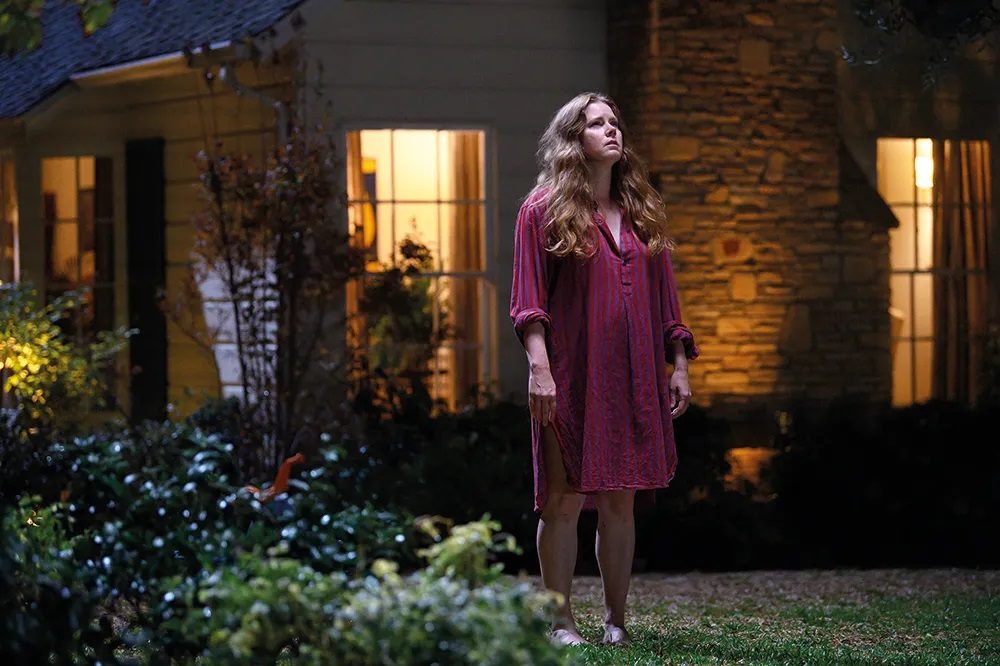The inspiration for the object of Aschenbach’s infatuation in Thomas Mann’s Death in Venice was acknowledged by the author some years after publication, and the subject of a biography a century later (The Real Tadzio by Gilbert Adair). He was a Polish boy the writer ogled from a distance in 1911 while holidaying with his wife at the Grand Hotel des Bains in Venice. Less is known of the teenager who played the role in Luchino Visconti’s 1971 film of Mann’s novel. For years the director trawled the Continent in pursuit of the right actor for the part. It was a search that had eluded the other major directors who had attempted to bring the book to the screen: John Huston, Joseph Losey, Franco Zeffirelli. Visconti finally found 15-year-old Björn Andrésen in Stockholm.
Alain Delon said that if Visconti recruited you for a role, it was because he knew what he would be getting, even if you didn’t. Andrésen, with virtually no acting experience and little ambition to develop any, clearly had something. On page and screen Tadzio is a distant, mute figure playing with his siblings, and returning the lascivious gaze of Aschenbach. The description of Tadzio set the bar high when it came to casting: ‘His face recalled the noblest moment of Greek sculpture — pale, with a sweet reserve, with clustering honey-colored ringlets, the brow and nose descending in one line, the winning mouth, the expression of pure and godlike serenity.’
Andrésen’s looks are actually more in keeping with the decade about to descend. There’s an androgyny; a skinny physique attributable to the meager diet of the time; the shaggy hair and sculptured face of a 1970s pop star which, following the release of the film, he was for a short time – in Japan. Visconti’s description, ‘The Most Beautiful Boy in The World’, is now the title of an impressive documentary that uses revealing behind-the-scenes footage shot during the making of the film, and captures Andrésen’s brief, intense moment in the spotlight. Yet the ghostly figure that haunts the current film and revisits Venice is not the flawless teenager preserved by cinema, but a 65-year-old man, ravaged and older than his years, living in an infested flat in Sweden from which the authorities are threatening to evict him.
Andrésen is now tall and painfully thin with long silver hair and a matching beard that belong on Merlin, or Patti Smith. If these were stripped away, you’d see signs of his chiseled youth, despite the passing years. You get the feeling this disguise, like his dilapidated surroundings, is due to neglect, but also a deliberate retreat from life, perhaps to escape the present as much as the past. Andrésen never knew who his father was, and his mother died tragically before he was cast as Tadzio.
A pushy grandmother, forever close to the frame in the ancient documentary footage, encouraged him to attend that life-changing audition. He remembers the experience as a bystander, recalling how there was a ‘surreal membrane’ between himself and that world. He is as silent and detached as Tadzio, as though that divide persists. His loyal girlfriend has the role of intermediary, often present when he comes into contact with others, ensuring he takes care of himself and cleans his home. She becomes emotional when he shares stories from his time as Tadzio. But another experience has brought him to this state. Not the teenage boy he played, but a son that died very young decades ago.
Beyond this tragedy this intimate, moving documentary reveals little of what happened during the intervening years. He alludes to a period in Paris when he was supported by a gay sugar daddy. He remembers Visconti ordered the largely gay crew to keep their hands off the teenager, but describes the experience of fame as being ‘surrounded by swarms of bats’ and ‘a living nightmare’. The director believed Death in Venice was neither sexual nor erotic: ‘It’s a higher form of love. Let’s say, “Perfection within love”.’ Yet all that was implicit in the book, where the cerebral largely triumphs over the carnal, is explicit in the film as Aschenbach, played by Dirk Bogarde, fixes his gaze on the boy and is all a-quiver whenever he’s near. In the novel Aschenbach, a writer, confides: ‘It is probably better that the world knows only the result, not the conditions under which it was achieved; because knowledge of the artist’s sources of inspiration might bewilder them, drive them away and in that way nullify the effect of the excellent work.’ This could equally be true of both Mann’s masterpiece and Visconti’s film.
While working on the novel, the author confided in a friend that he was writing a story about ‘pederasty’, which undermines the lofty public allusions to aesthetics and classicism. The documentary reveals the exploitative nature of Visconti in his ruthless pursuit of perfection. This nullifies the effect of a film time has already cast as a camp classic rather than a heartbreaking work of staggering genius. We see Visconti holding court at a press conference in Cannes, speaking French to the paparazzi as they hang on his every word and Bogarde and Björn Andrésen look on. The teenager, unable to speak French, appears bewildered and embarrassed when the director declares that one year on from filming he is already old. His looks are fading. He is no longer the most beautiful boy in the world. It’s as though his fate was sealed in that moment.
Kristina Lindström and Kristian Petri’s The Most Beautiful Boy in the World is released on September 3. This article was originally published in The Spectator’s August 2021 World edition.



